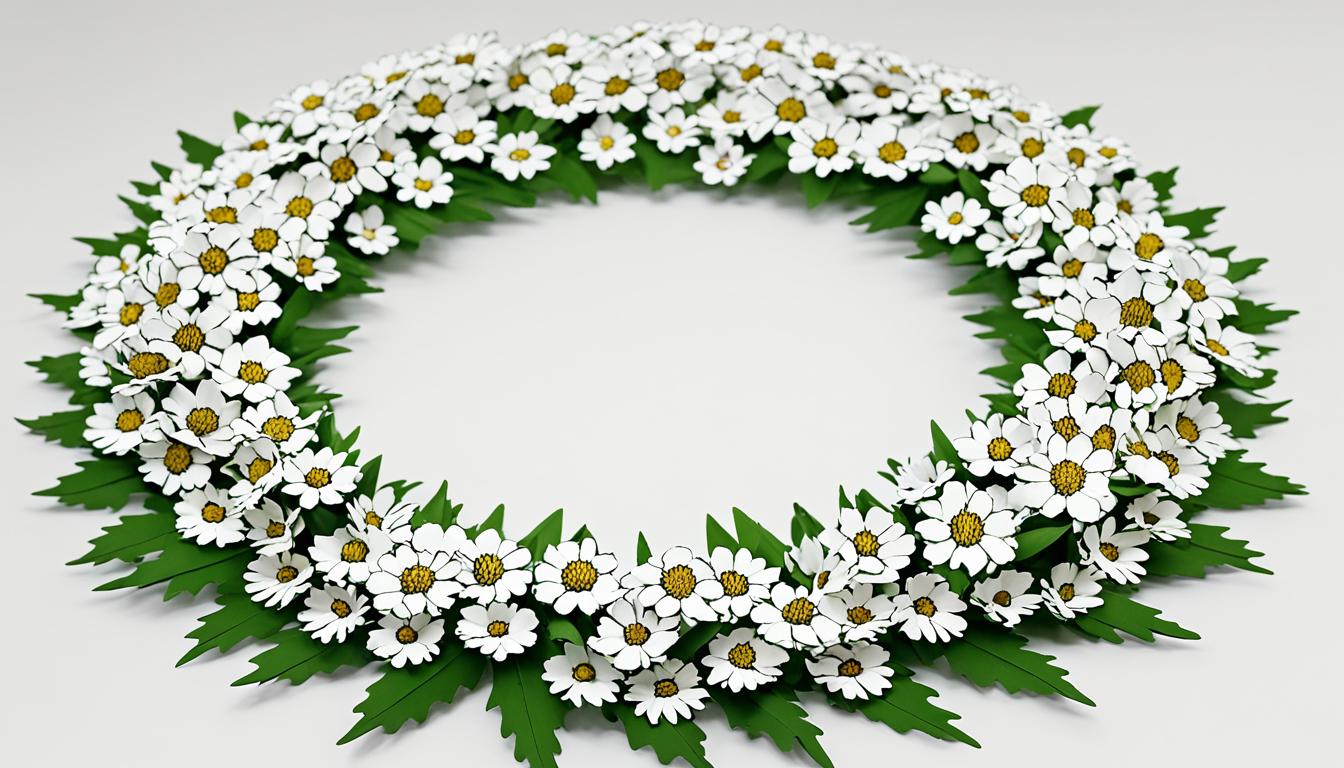The Victoria Cross (VC) is the highest military decoration awarded for “most conspicuous gallantry, or some daring or pre-eminent act of valour or self-sacrifice, or extreme devotion to duty in the presence of the enemy” to members of the Australian armed forces. According to the Australian War Memorial, an impressive 96 Australians have been awarded this prestigious honor over the years. But do you know the full story behind these courageous individuals?
Out of the 96 Australians who have received the Victoria Cross, 91 were awarded the Imperial Victoria Cross for actions while serving with Australian forces, while another 5 were former members of the Australian forces who were serving with South African or British forces at the time. The majority of the awards, 64 in total, were for actions during the First World War, including 9 for the Gallipoli Campaign. 20 Victoria Crosses were awarded for actions in the Second World War, 6 in the Second Boer War, 4 in the Vietnam War, and 2 in the Russian Civil War. Remarkably, 28 of these awards were made posthumously.
Key Takeaways
- 96 Australians have been awarded the prestigious Victoria Cross, the highest military decoration for gallantry
- 91 of these awards were made to Australians serving with Australian forces, while 5 were former members serving with other forces
- The majority of awards, 64, were for actions during the First World War, including 9 for the Gallipoli Campaign
- 20 Victoria Crosses were awarded for actions in the Second World War, and 28 were made posthumously
- The Victoria Cross represents the ultimate sacrifice and heroism of Australia’s finest service members
Introduction to the Victoria Cross
The Victoria Cross is the highest award for gallantry in the face of the enemy that can be bestowed upon members of the Australian armed forces. Instituted by Queen Victoria in 1856, the first Victoria Cross awards were made retroactively to 1854, covering the period of the Crimean War.
History and Significance of the Victoria Cross
The Victoria Cross is a bronze cross pattée, with the Royal Crown and a lion superimposed in the center, and the inscription “For Valour” below. It is suspended from a crimson ribbon. The reverse of the medal is engraved with the date of the act of bravery and the recipient’s name, rank, and unit.
Requirements for Receiving the Victoria Cross
To be eligible for the Victoria Cross, a person must have performed “the most conspicuous gallantry, or some daring or pre-eminent act of valour or self-sacrifice, or extreme devotion to duty in the presence of the enemy.” The award can be made to personnel of any rank in any service.

Victoria Cross Recipients from Australia
Of the 96 Australians who have been awarded the Victoria Cross, 91 received the Imperial Victoria Cross for actions while serving with Australian forces. The remaining 5 were former members of the Australian forces who were serving with South African or British forces at the time they performed the acts of bravery that earned them the VC.
Breakdown of Awards by Conflict
The majority of the Australian Victoria Cross recipients by conflict, 64 in total, were for actions during the First World War, including 9 for the Gallipoli Campaign. 20 Victoria Crosses were awarded for actions in the Second World War, 6 in the Second Boer War, 4 in the Vietnam War, and 2 in the Russian Civil War.
| Conflict | Number of Victoria Crosses Awarded to Australians |
|---|---|
| First World War | 64 (including 9 for Gallipoli) |
| Second World War | 20 |
| Second Boer War | 6 |
| Vietnam War | 4 |
| Russian Civil War | 2 |
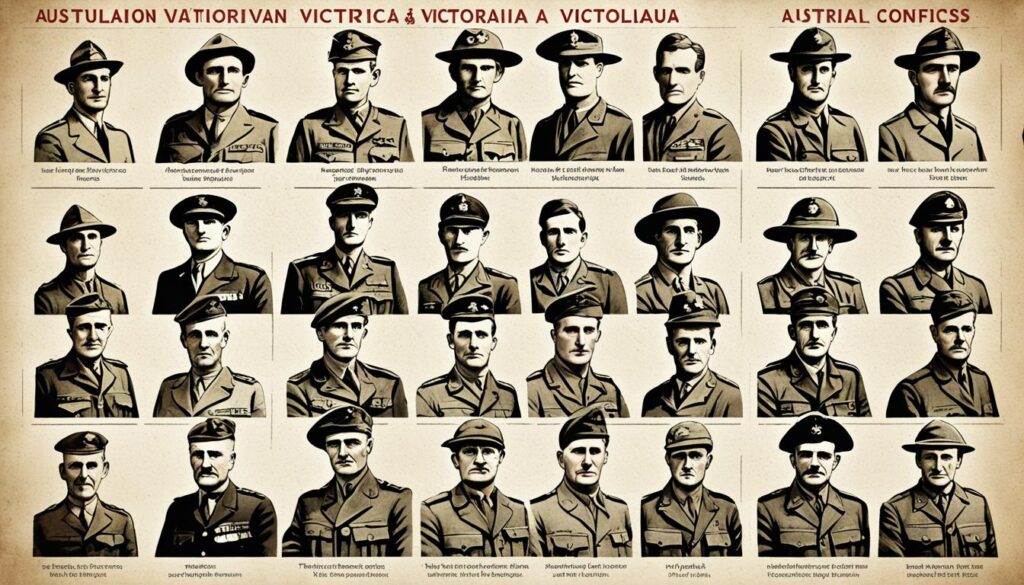
Gallipoli Campaign Victoria Cross Recipients
During the Gallipoli Campaign of the First World War, 9 Australians were awarded the Victoria Cross for their acts of bravery and heroism in the face of the enemy. These Victoria Cross recipients Gallipoli included:
| Name | Unit | Action |
|---|---|---|
| Albert Jacka | 14th Battalion, Australian Imperial Force | For most conspicuous bravery and devotion to duty on the night of May 19-20, 1915, in the Anzac area at Gallipoli. Jacka single-handedly recaptured a portion of the enemy’s trenches which had been lost. |
| John Hamilton | 16th Battalion, Australian Imperial Force | For most conspicuous bravery and leadership on the night of August 6-7, 1915, in the Lone Pine area at Gallipoli. Hamilton led his men in a charge, capturing an enemy trench and holding it against numerous counterattacks. |
| Alfred Shout | 1st Battalion, Australian Imperial Force | For most conspicuous bravery, leadership, and devotion to duty during the operations on the Lone Pine plateau, Gallipoli, on August 9, 1915. Shout was severely wounded but continued to lead his men until he collapsed from his injuries. |
| Hugo Throssell | 10th Light Horse Regiment, Australian Imperial Force | For most conspicuous bravery and devotion to duty during the operations on the Gallipoli Peninsula in August 1915. Throssell’s actions in defending a vital position against repeated enemy attacks were instrumental in the successful defense of the position. |
| Leonard Keysor | 1st Battalion, Australian Imperial Force | For most conspicuous bravery and devotion to duty during the operations on the Gallipoli Peninsula in August 1915. Keysor repeatedly exposed himself to enemy fire to extinguish burning ammunition and rescue wounded comrades. |
These Australians awarded VC Gallipoli exemplified the courage and sacrifice of Australian forces during the Gallipoli Campaign, which would become a defining moment in the nation’s military history.
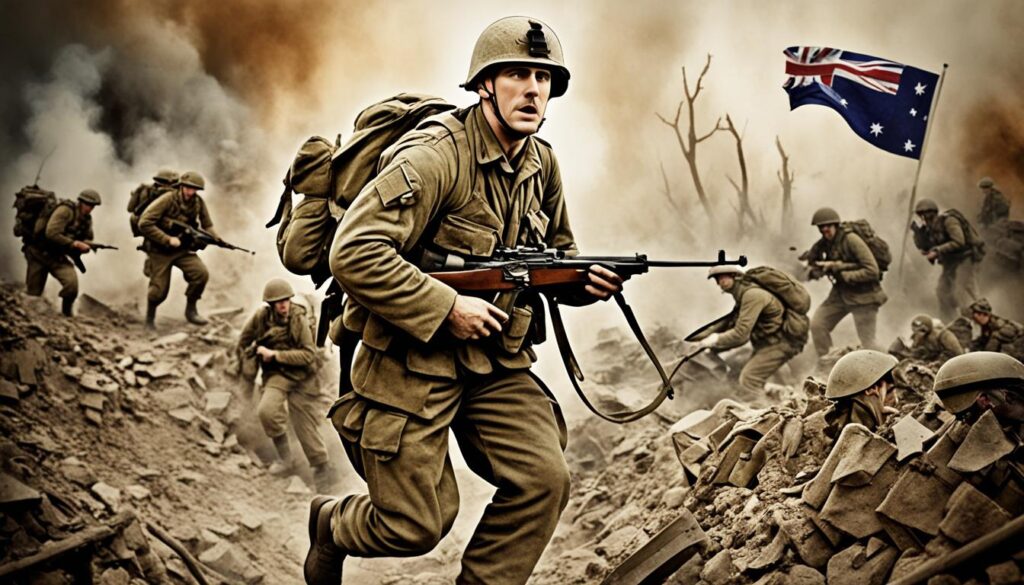
How many Australians have won a VC?
Total Number of Australian VC Recipients
In total, 96 Australians have been awarded the Victoria Cross, the highest military decoration for gallantry in the face of the enemy. 91 of these awards were made to Australians serving with Australian forces, while another 5 were former members of the Australian forces who were serving with South African or British forces at the time.
Posthumous Awards
Of the 96 Australian Victoria Cross recipients, 28 of the awards were made posthumously, recognizing the ultimate sacrifice made by these brave individuals in service of their country.
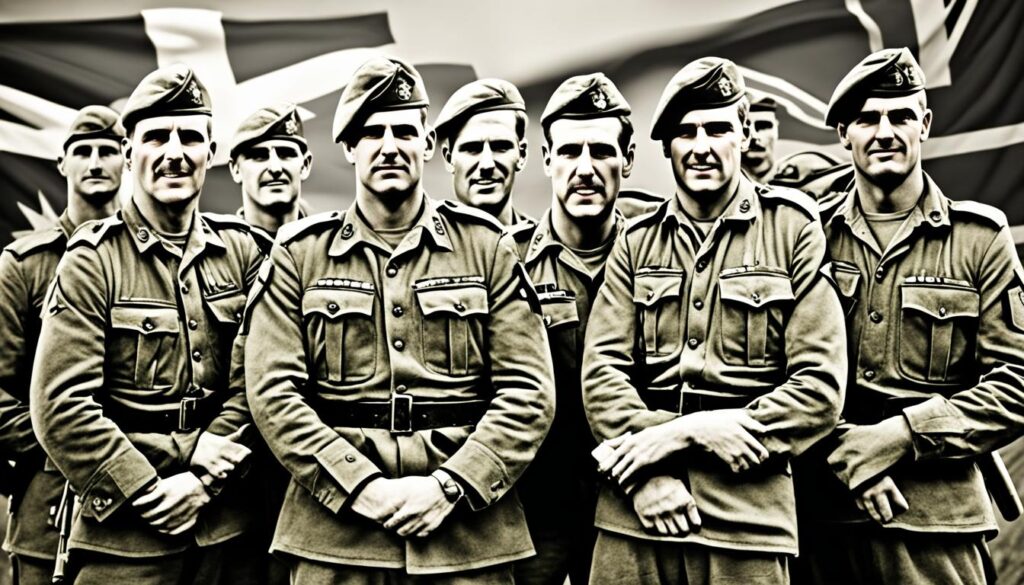
Notable Australian VC Recipients
Among the notable Australian recipients of the Victoria Cross are two exceptional individuals who have left an indelible mark on the nation’s military history: Albert Jacka and Keith Payne.
Albert Jacka: The First Australian VC Recipient
Albert Jacka, a decorated soldier from the First World War, holds the distinction of being the first Australian to be awarded the Victoria Cross. In 1915, during the Battle of Gallipoli, Jacka single-handedly recaptured a trench that had been lost to the enemy, displaying remarkable bravery and leadership in the face of overwhelming odds. His actions on that fateful day earned him the highest military honor and cemented his place in the annals of Australian military history as a true hero.
Keith Payne: The Last Imperial VC Recipient
Another notable Australian VC recipient is Keith Payne, who was awarded the prestigious decoration for his actions during the Vietnam War in 1969. Payne’s heroic efforts to rescue and evacuate wounded soldiers under intense enemy fire earned him the distinction of being the last recipient of the Imperial Victoria Cross, before the establishment of the Victoria Cross for Australia in 1991.
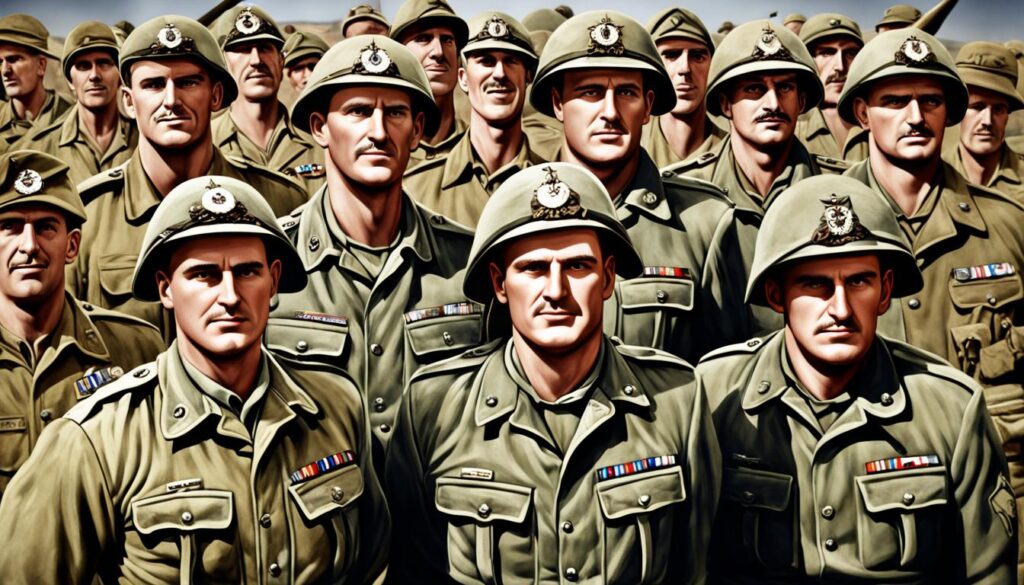
The Victoria Cross for Australia
In 1991, Australia became the first Commonwealth realm to institute its own Victoria Cross award separate from the British system. The Victoria Cross for Australia was established by letters patent signed by Queen Elizabeth II, and is the highest award in the Australian honors system.
Establishment and Criteria
The Victoria Cross for Australia is awarded for “the most conspicuous gallantry, or some daring or pre-eminent act of valor or self-sacrifice, or extreme devotion to duty in the presence of the enemy.” The criteria for this prestigious award mirrors that of the original Imperial Victoria Cross, recognizing the most extraordinary acts of bravery and heroism by members of the Australian armed forces.
Recipients of the Victoria Cross for Australia
Since its introduction, only five Victoria Crosses for Australia have been awarded. Two of these were presented to members of the Special Air Service Regiment, one to a soldier from the 6th Battalion Royal Australian Regiment, and two were posthumous awards.
While the majority of Australian Victoria Cross recipients have been honored under the Imperial system, the Victoria Cross for Australia represents a significant milestone in the nation’s military history and recognition of the unparalleled courage and sacrifice of its armed forces personnel.
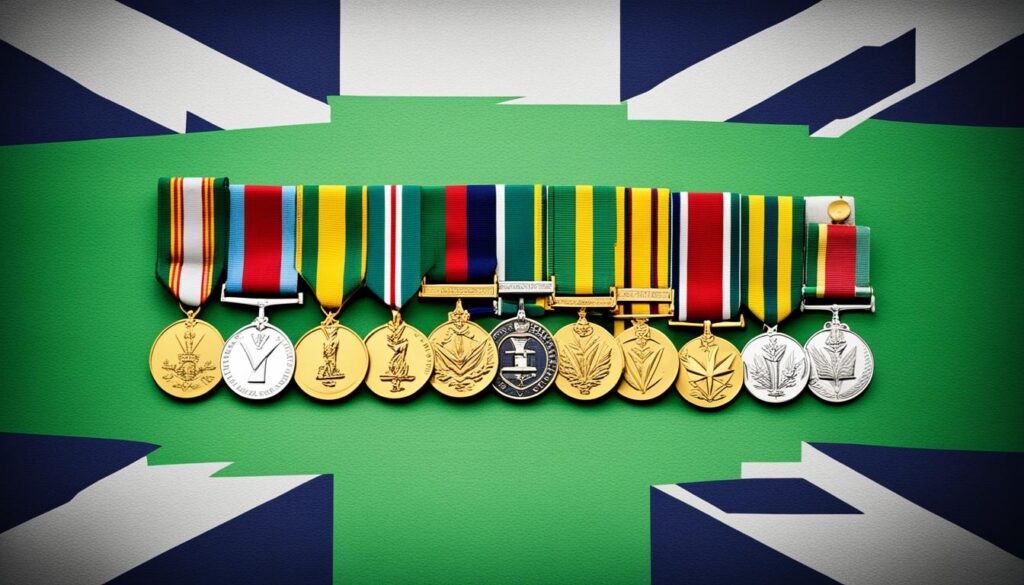
Honoring and Preserving the Legacy
The Australian War Memorial in Canberra currently holds 66 Victoria Crosses awarded to Australians. This includes both the original Imperial Victoria Crosses and the Victoria Crosses for Australia. The Hall of Valour at the Australian War Memorial is a dedicated space that pays tribute to these remarkable individuals and their acts of heroism on the battlefield.
The Hall of Valour showcases the Victoria Crosses and other high decorations awarded to Australian servicemen and women, allowing visitors to learn about and honor the bravery and sacrifices of these courageous individuals. The display of these prestigious awards serves as a powerful reminder of the enduring legacy of the Australian War Memorial Victoria Cross recipients and their profound impact on the nation’s military history.
Through the preservation and public exhibition of these esteemed honors, the Australian War Memorial ensures that the deeds and sacrifices of these heroes are not forgotten, but rather celebrated and upheld as shining examples of the indomitable spirit and unwavering courage of the Australian armed forces.

Controversies and Debates
While the Victoria Cross is undoubtedly Australia’s highest military honor, there have been some controversies and debates surrounding the award over the years. One such debate has centered on the criteria for receiving the Victoria Cross, with some arguing that the requirements are too stringent and restrictive, potentially excluding acts of bravery that do not fit the narrow definition of “the most conspicuous gallantry.”
Another area of controversy has been the issue of posthumous awards. While the Victoria Cross can be awarded posthumously, the decision to do so has often been a subject of intense scrutiny and debate. Some have argued that posthumous awards diminish the significance of the honor, while others contend that they are necessary to recognize the ultimate sacrifice made by those who gave their lives in service of their country.
Additionally, there have been ongoing debates about the role and representation of the Victoria Cross in the modern Australian military. As the nation’s military landscape has evolved, some have questioned whether the traditional criteria and symbolism of the Victoria Cross remain relevant, leading to discussions about potential reforms or the introduction of alternative awards that better reflect contemporary values and priorities.
| Controversies around the Victoria Cross | Debates about the Victoria Cross |
|---|---|
| Criteria for receiving the award | Posthumous awards |
| Perceived restrictiveness of the requirements | Relevance in the modern military |
| Exclusion of certain acts of bravery | Potential reforms or alternative awards |
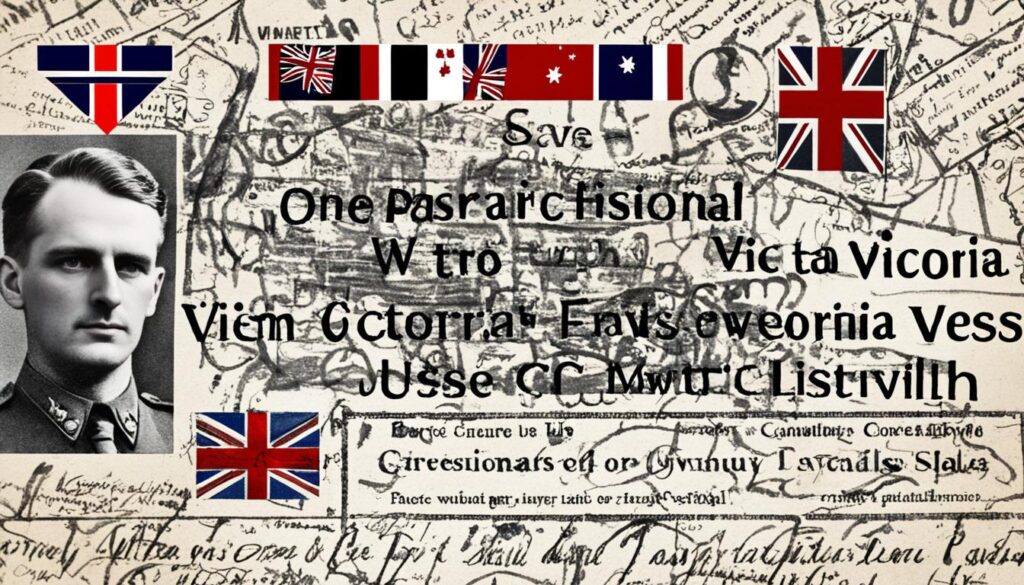
Impact and Significance of Australian VC Recipients
The impact of Australian Victoria Cross recipients on the nation’s military history and global reputation cannot be overstated. These 100 individuals, out of the approximately 1 million Australians who have served in wartime since 1900, represent an exceptional level of courage, sacrifice, and devotion to duty. Their actions, often in the face of overwhelming odds, have cemented Australia’s status as a formidable military force and inspired generations of service members.
The significance of Australian VC recipients extends beyond the individual acts of heroism. The Victoria Cross has become a symbol of Australia’s martial prowess, with the Australian War Memorial (AWM) now displaying 67 Australian VCs and three British VCs with Australian associations in its prestigious “Hall of Valour.” This prominent display not only honors the recipients but also serves to educate and inspire the public, fostering a deeper appreciation for the sacrifices made by Australian service members.
Furthermore, the growing prominence of VC recipients in Australian military history studies is a testament to their enduring legacy. In recent years, more books have been published on individual VC recipients than in any previous period, reflecting the public’s fascination with these exceptional individuals and the desire to preserve their stories for future generations.
The AWM’s active promotion of VC recipients, through exhibitions, publications, and public programs, has also been instrumental in bolstering their presence in the nation’s collective memory. This concerted effort to commemorate and honor these heroes has undoubtedly contributed to the increasing stature of the Victoria Cross in Australia.
The impact and significance of Australian VC recipients extend far beyond the individual acts of heroism. They have become symbols of national pride, inspiring future generations of Australians to uphold the highest standards of military service and sacrifice.
Conclusion
The remarkable story of the 96 Australians who have been awarded the prestigious Victoria Cross stands as a testament to the unwavering courage and selfless dedication of these heroic individuals. From the Gallipoli Campaign of World War I, where 9 Australians earned the VC, to the more recent conflicts in Afghanistan, the actions of these brave men have cemented Australia’s reputation as a nation of exceptional military prowess.
The legacy of these Victoria Cross recipients continues to inspire and motivate generations of Australians, serving as a powerful symbol of the nation’s indomitable spirit. As we reflect on the sacrifices made by these extraordinary individuals, we are reminded of the true meaning of valor, loyalty, and unwavering commitment to one’s country.
The Victoria Cross, as the highest military decoration for gallantry, stands as a testament to the enduring strength and resilience of the Australian armed forces. The 96 Australians who have earned this honor have left an indelible mark on the nation’s history, forever etching their names in the annals of military heroism.
